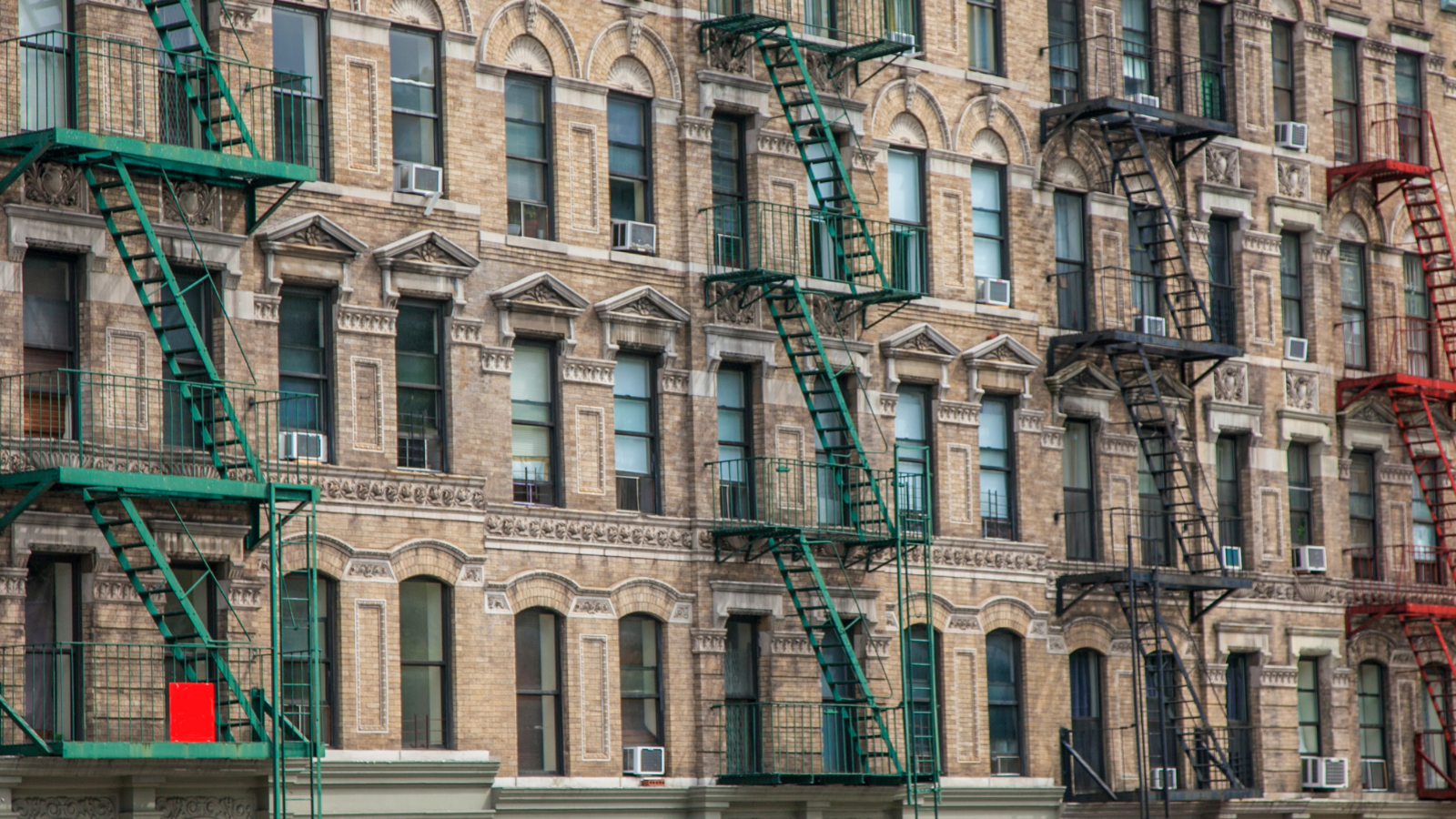
New York City (NYC) enacted strict lockdowns and school closures at the onset of the COVID-19 pandemic in March 2020 to lower transmission rates across populations. However, that impact may have been different across neighborhoods. In a new PLOS One study, Weill Cornell Medicine’s Dr. Nathaniel Hupert, associate professor of population health sciences and medicine; Dr. Arnab Ghosh, assistant professor of medicine; and colleagues examined whether the March 2020 lockdown in NYC was associated with higher COVID-19 hospitalization rates in neighborhoods with larger proportions of multigenerational households. The researchers accounted for spatiotemporal dependencies and socioeconomic risk factors when comparing ZIP code tabulation areas (ZCTAs) in the lowest quartile of multigenerational housing to other quartiles before and after the lockdown. They found that among individuals over 55 years, the lockdown was associated with higher COVID-19 hospitalization rates in ZCTAs with more multigenerational households, with the greatest difference occurring three weeks after lockdown. This was likely an inadvertent side effect of mixing house-bound people of older age with younger aged individuals, increasing transmission between the groups.
- Highlights

